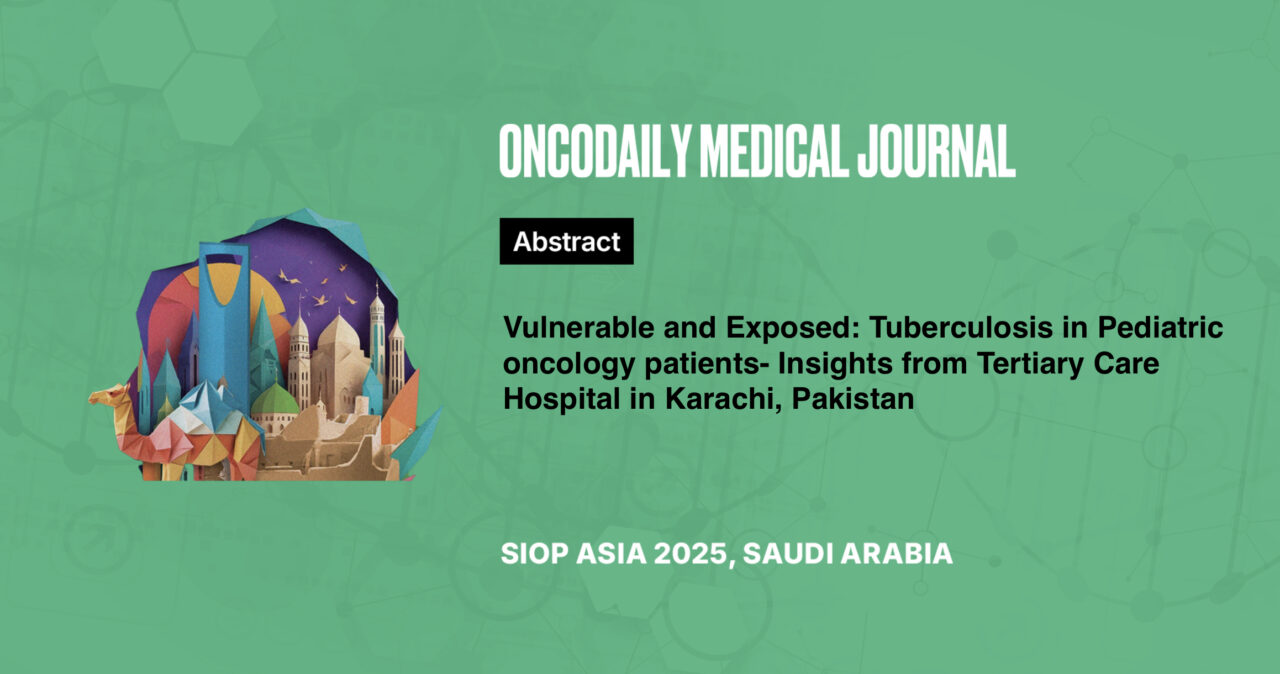Vulnerable and Exposed: Tuberculosis in Pediatric oncology patients- Insights from Tertiary Care Hospital in Karachi, Pakistan
Abstract
Introduction: Tuberculosis is a major health issue in LMICs like Pakistan, posing heightened challenges for cancer patients due to immunosuppression. Prolonged fever is a frequent scenario in pediatric oncology, and management is centered around common bacterial and fungal infections. Notably, tuberculosis prevalence is high in children with hematological malignancy and head and neck tumors.
Cancer leads to malnutrition and impaired immune function, further exacerbated by the immunosuppressive effects of chemotherapy. A study from Cape Town revealed that pediatric cancer patients have a 22-fold higher prevalence of TB compared to children of the same age and environment. This study aims to evaluate pediatric cancer patients diagnosed with tuberculosis during chemotherapy at our hospital and analyze their outcomes.
Methodology: A one-year retrospective study (January–December 2023) was conducted in the Pediatric Oncology Ward at Child Aid Association, NICH, Karachi, including patients on active chemotherapy who developed tuberculosis. Data was collected from hospital records using predesigned questionaires, with prior IRB approval.
Results: Five pediatric patients on active chemotherapy were diagnosed with tuberculosis, confirmed by histopathology or GeneXpert MTB. Of these, three had Hodgkin’s lymphoma and two had Acute lymphoblastic leukemia as their primary diagnosis. Two patients presented with pulmonary TB, one with disseminated TB (abdominal and lymph node), one with tuberculous meningitis, and one with lymph node TB. Four patients (80%) successfully completed treatment for both tuberculosis and their primary cancer. However, one patient with a cavitary pulmonary lesion and severe febrile neutropenia succumbed during treatment while receiving ATT and chemotherapy.
Conclusion: Cancer and chemotherapy-induced immunosuppression in pediatric oncology patients, especially in TB-endemic regions, significantly heightens their vulnerability to tuberculosis. Addressing this dual burden demands robust screening protocols, a heightened clinical suspicion, and increased awareness among healthcare providers to reduce the TB burden in this vulnerable population.





